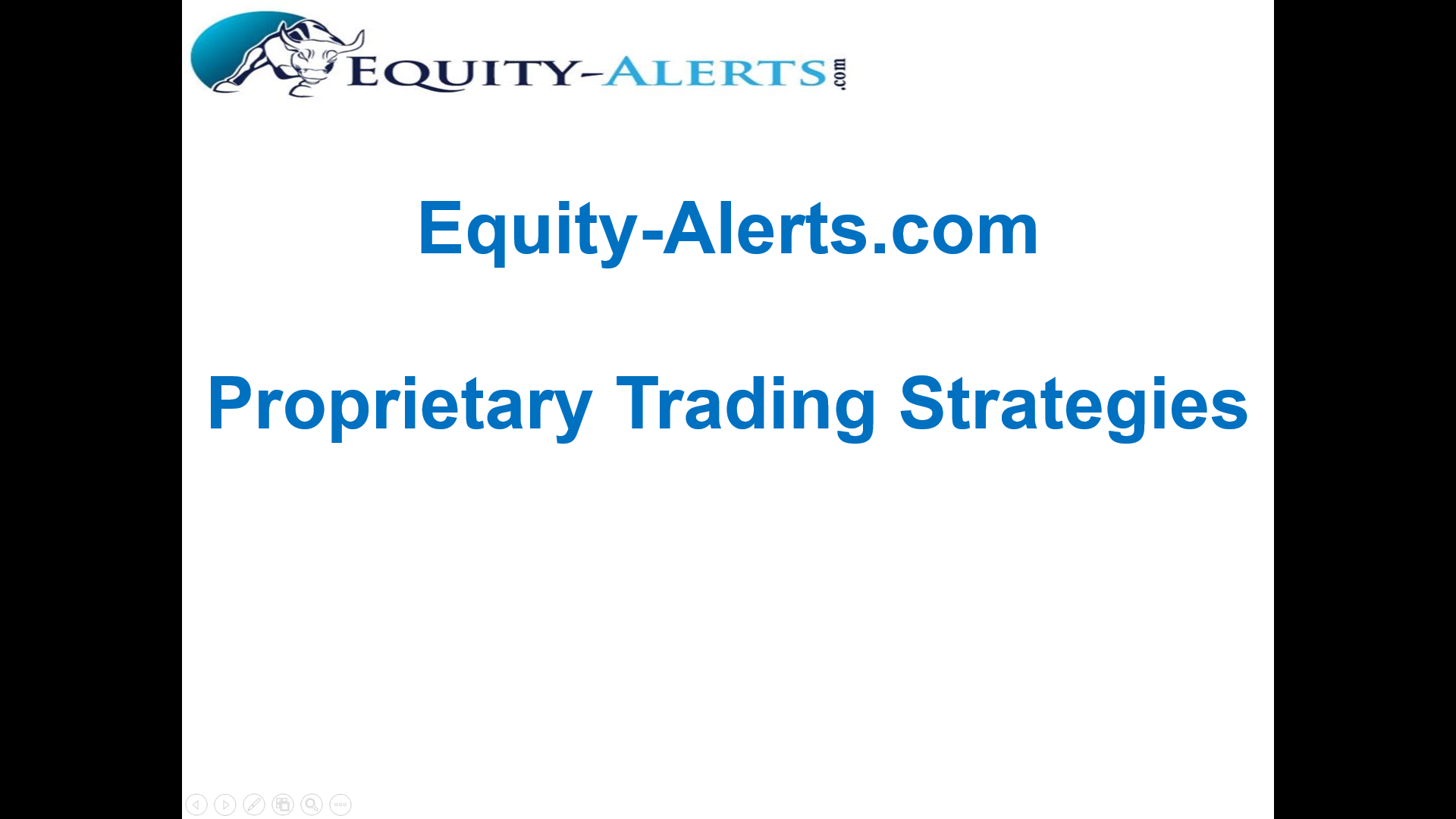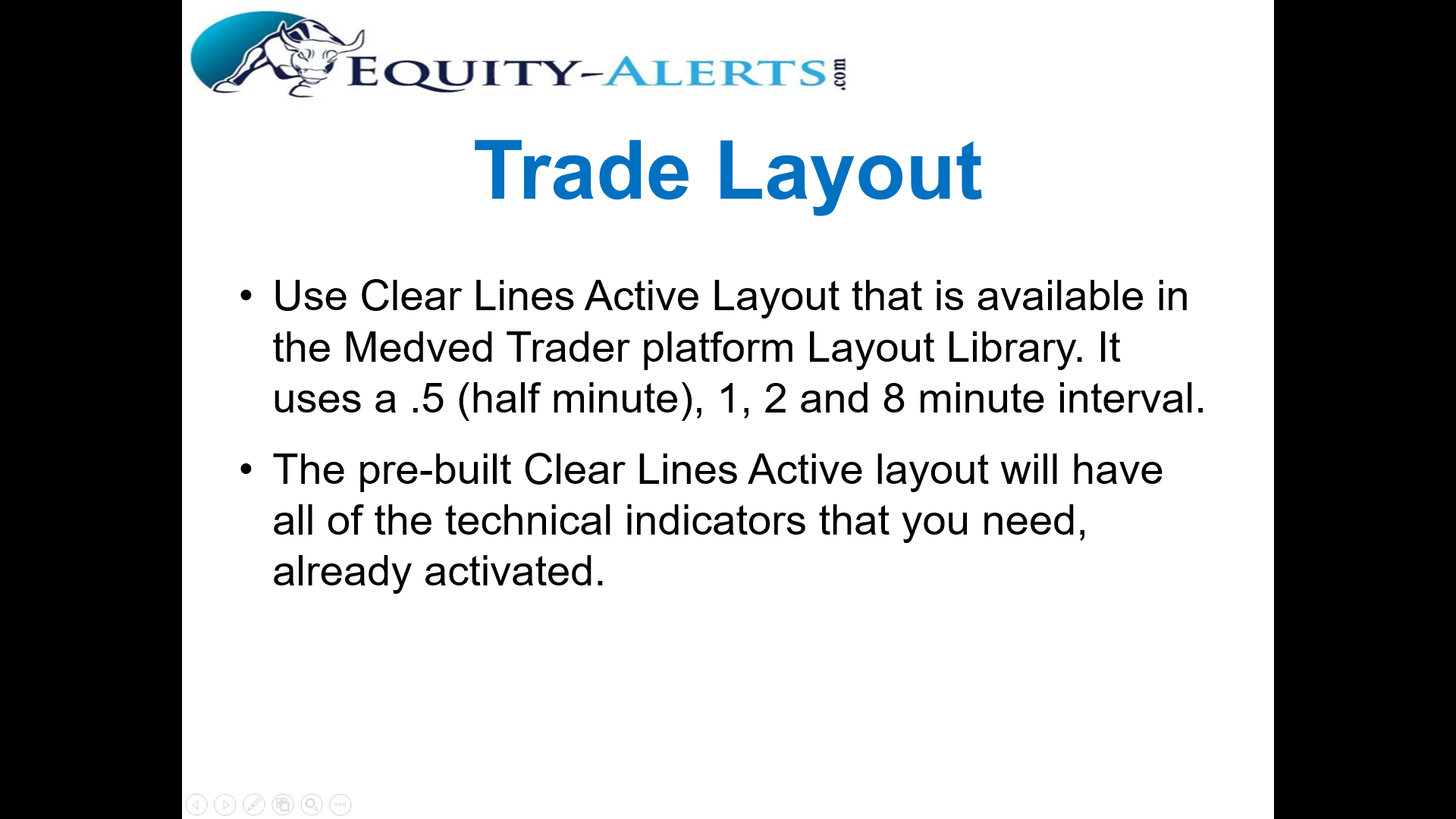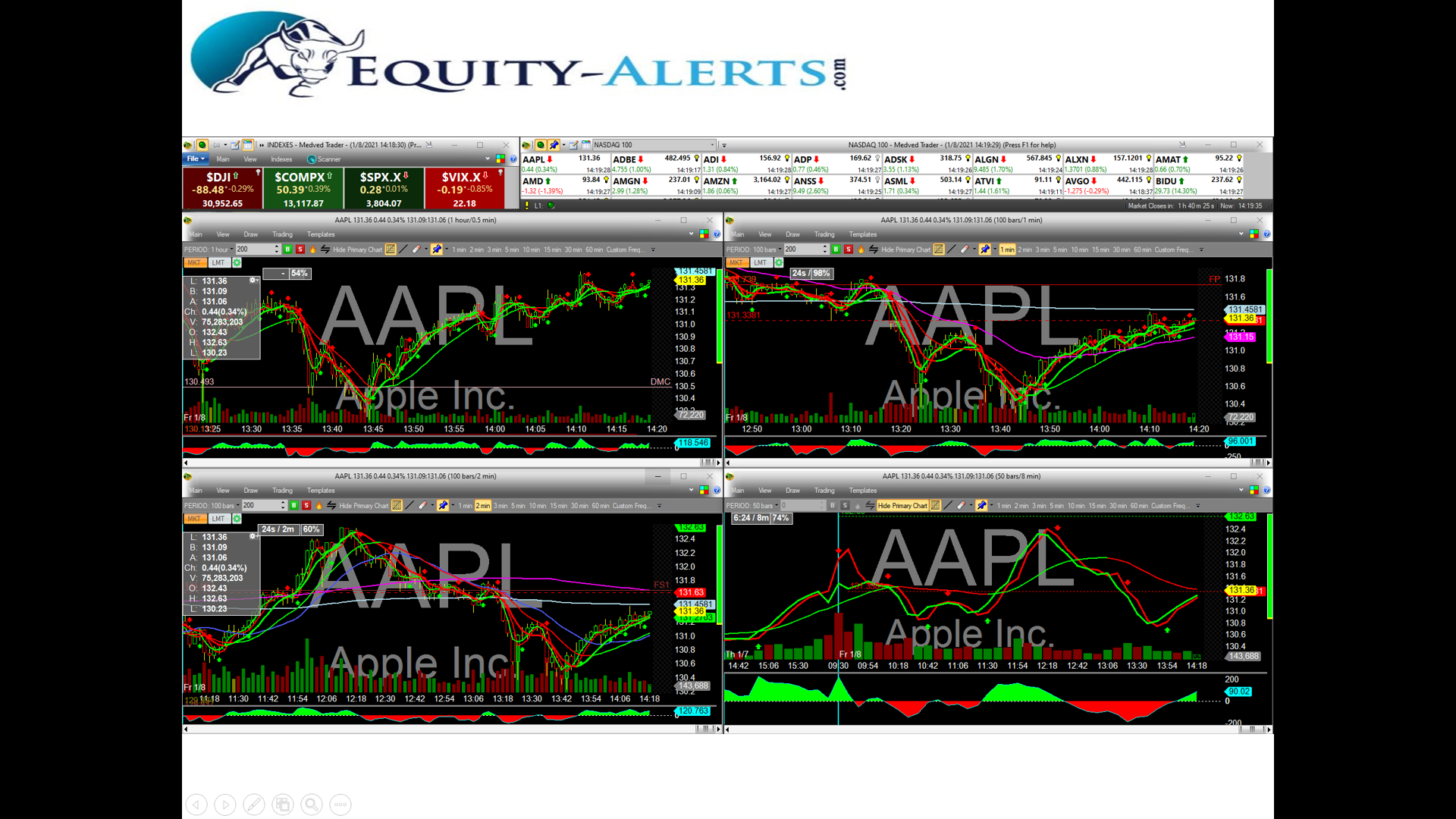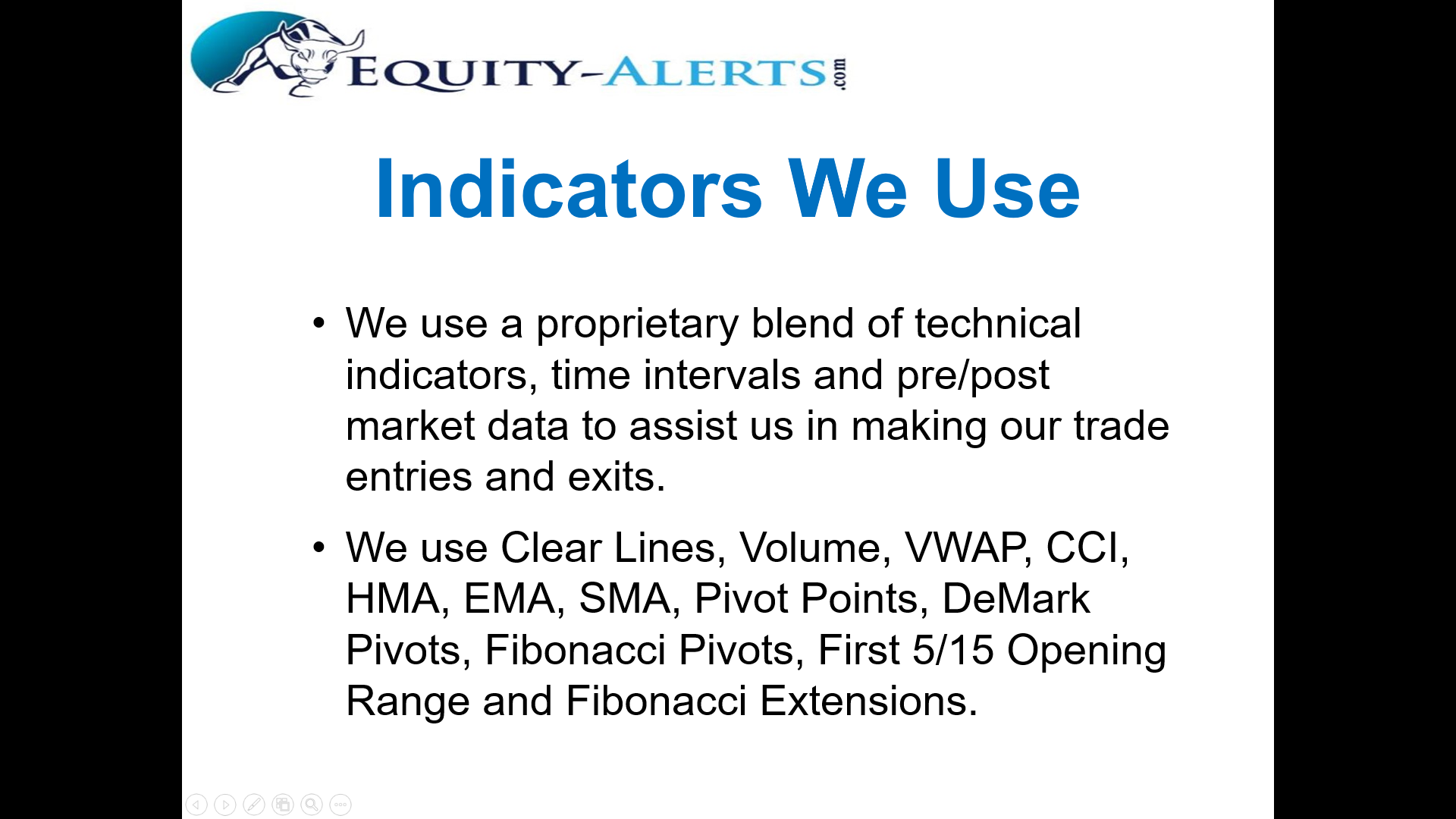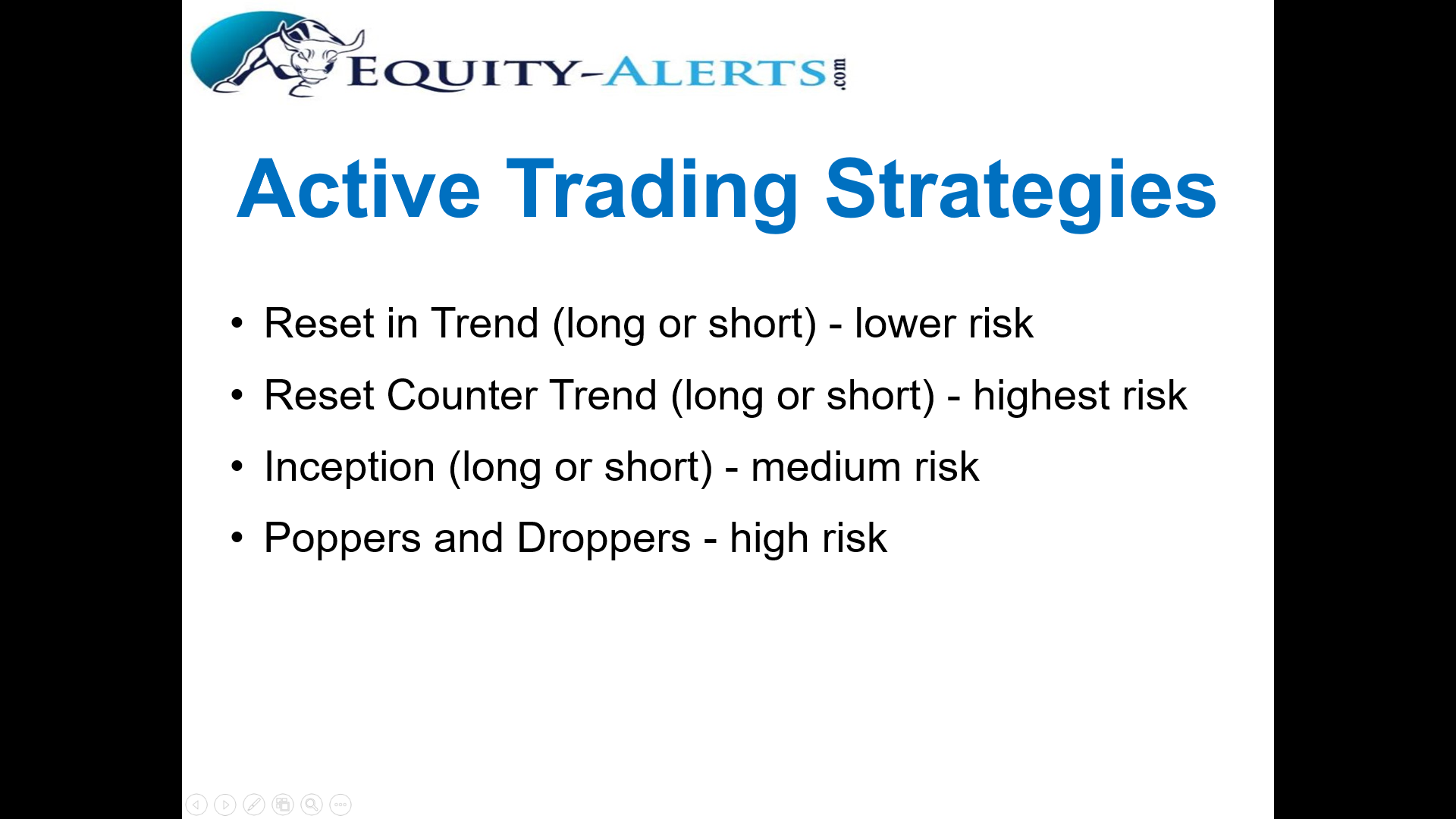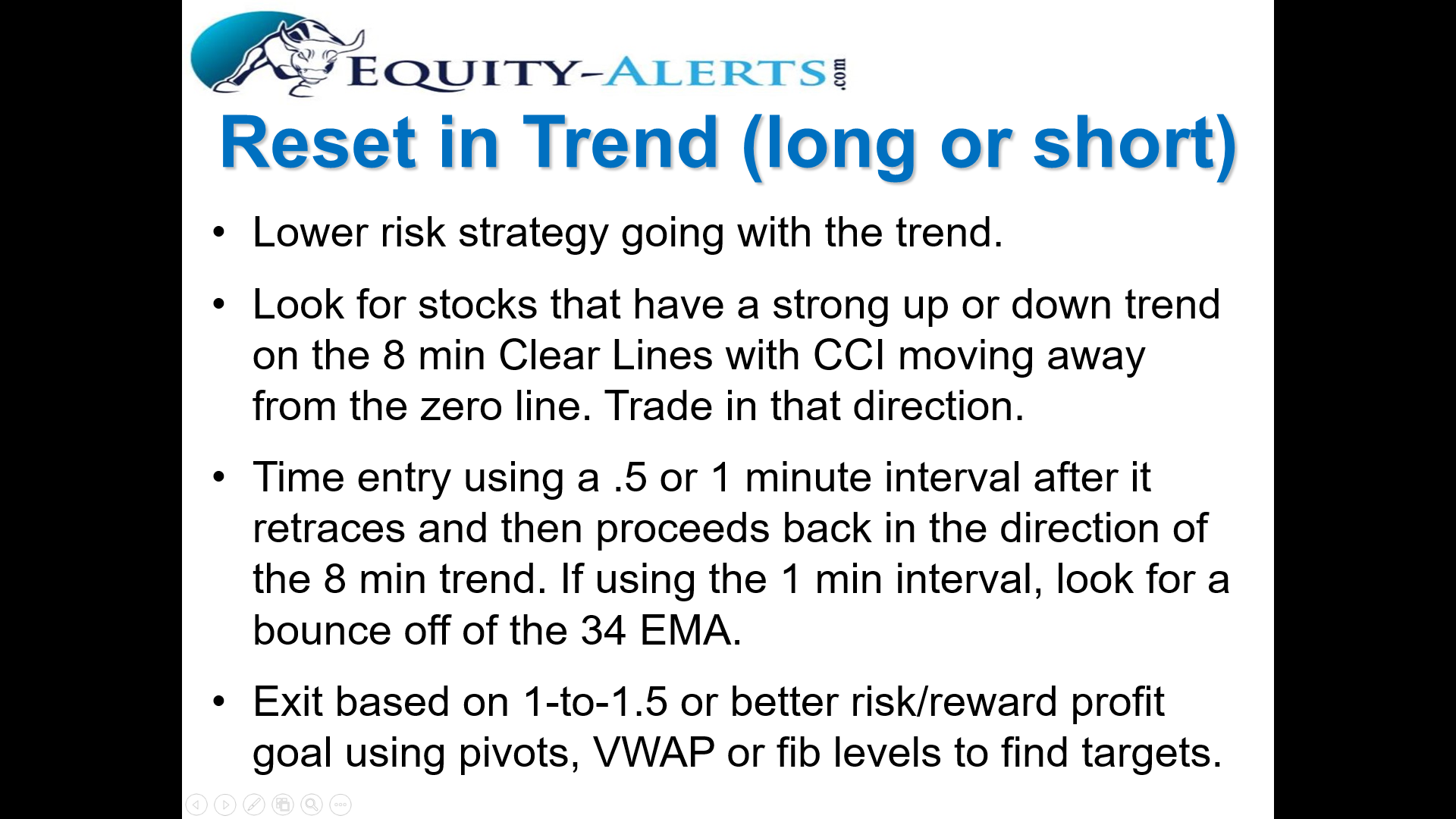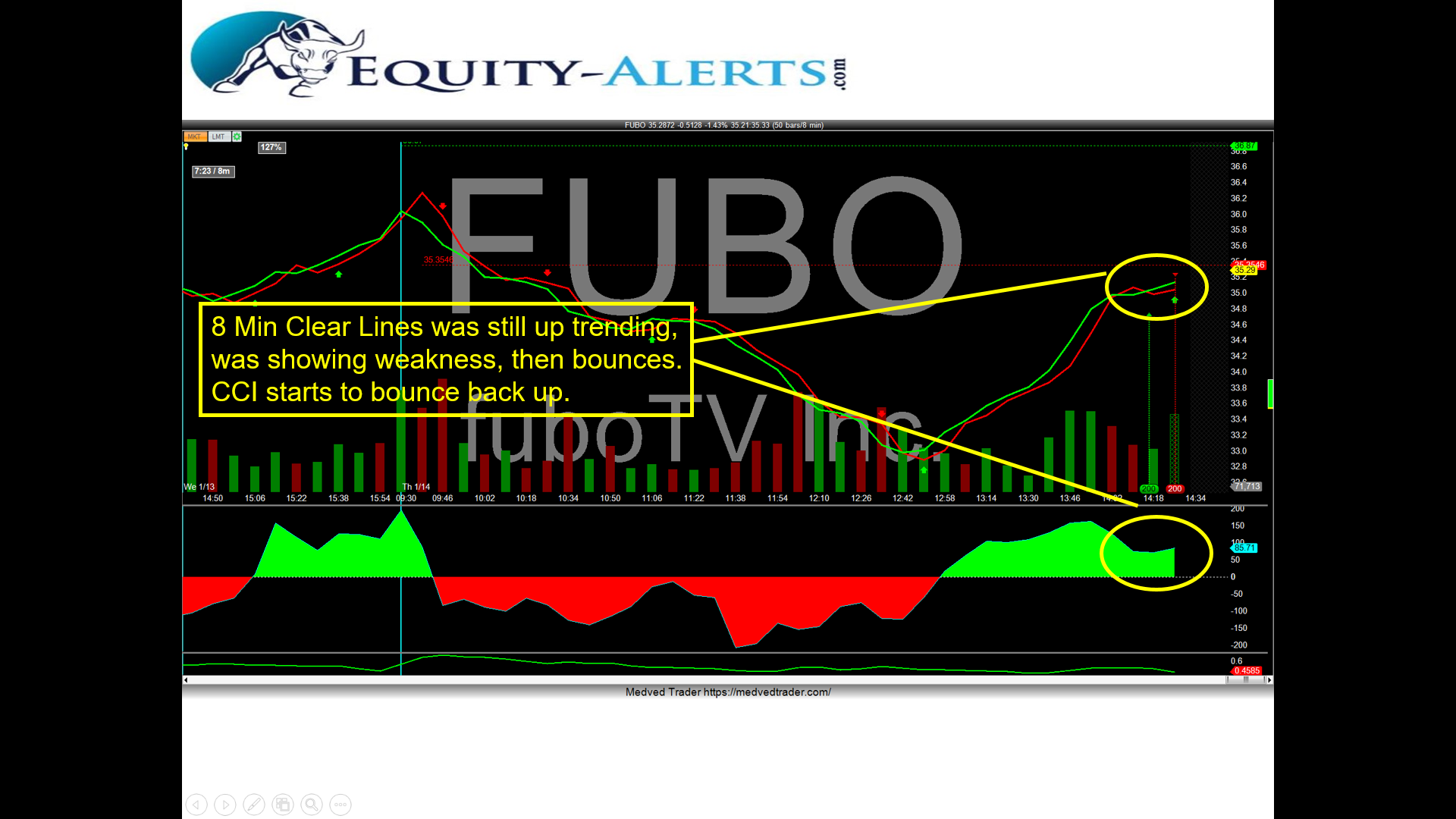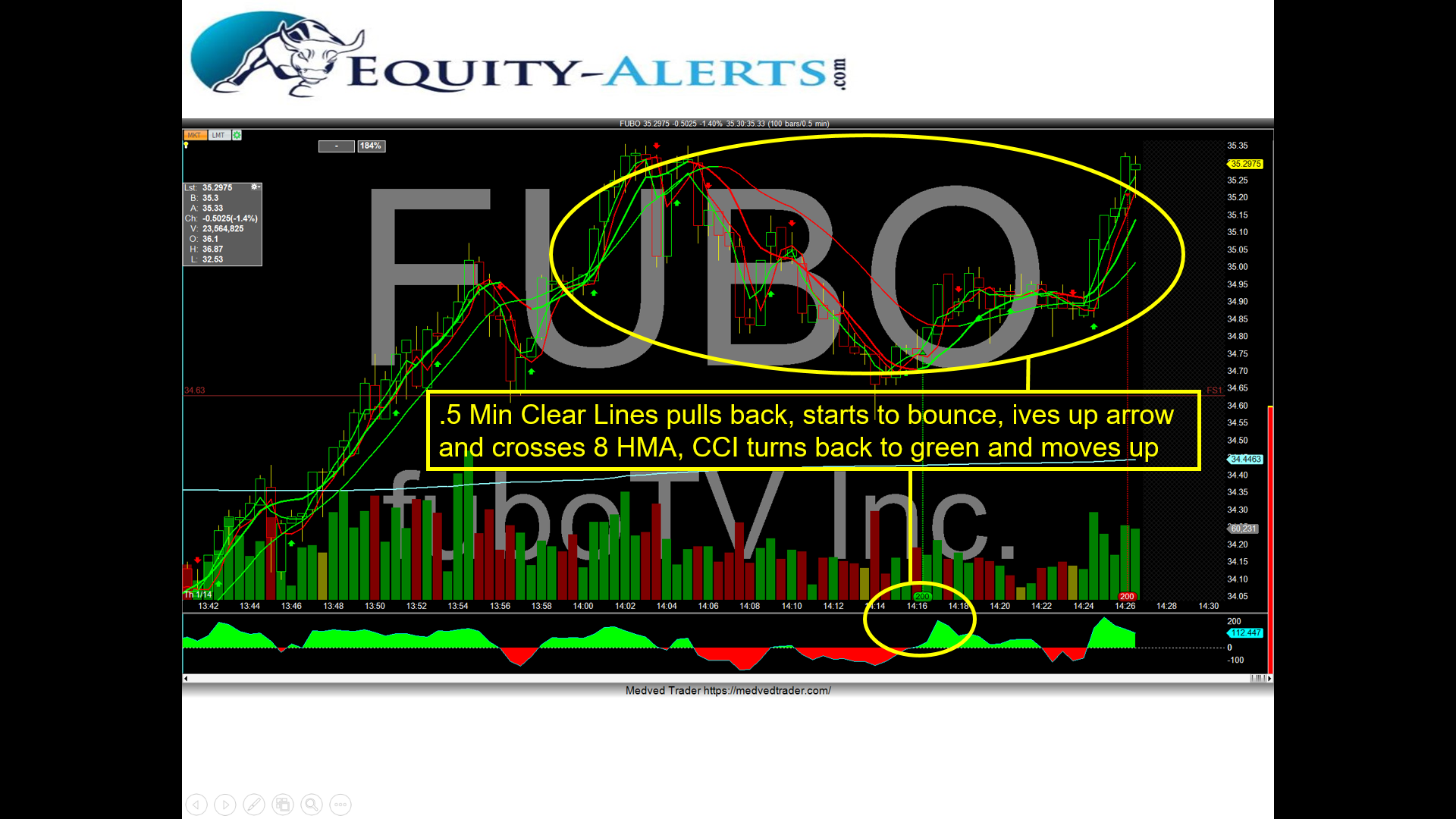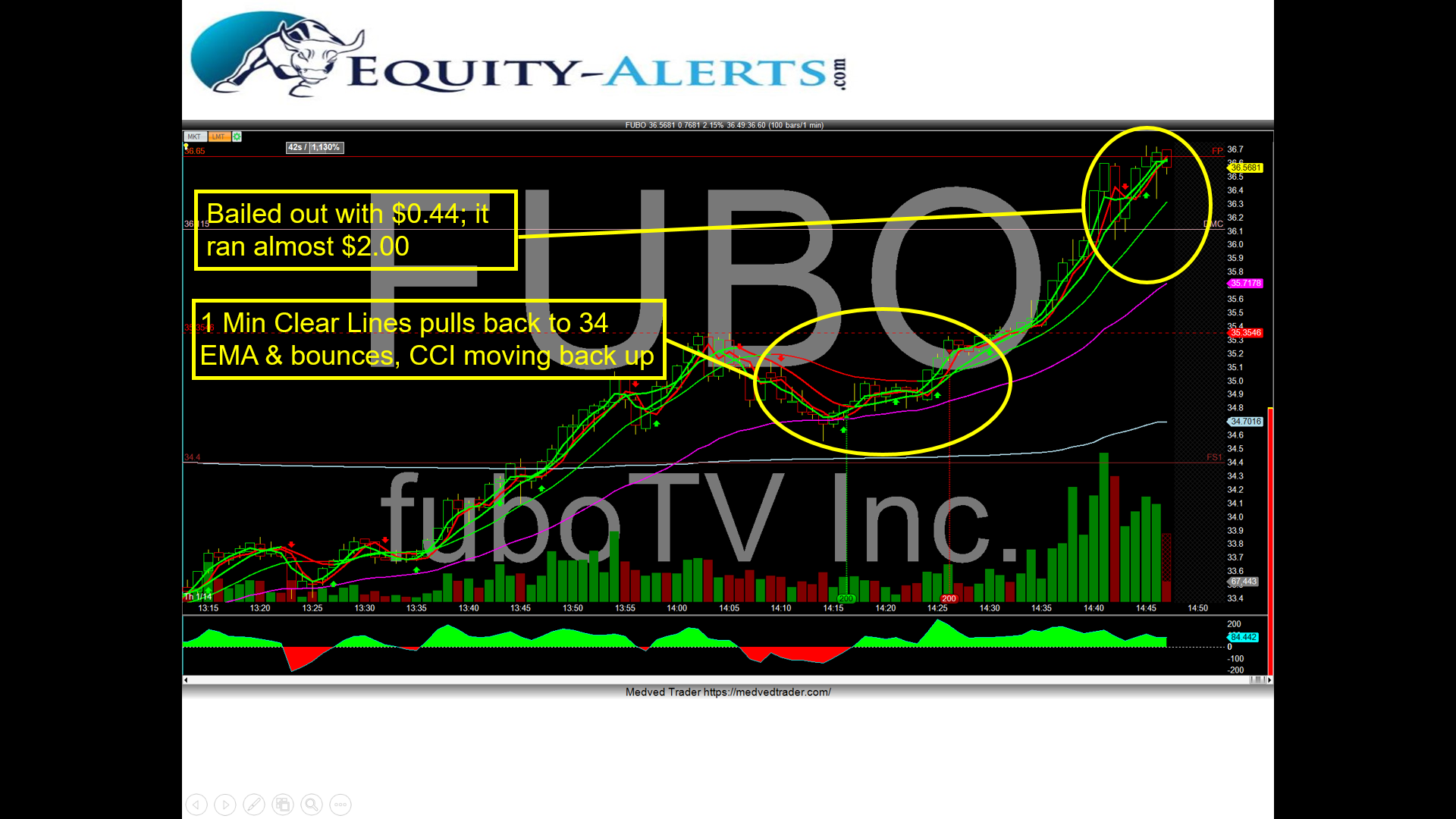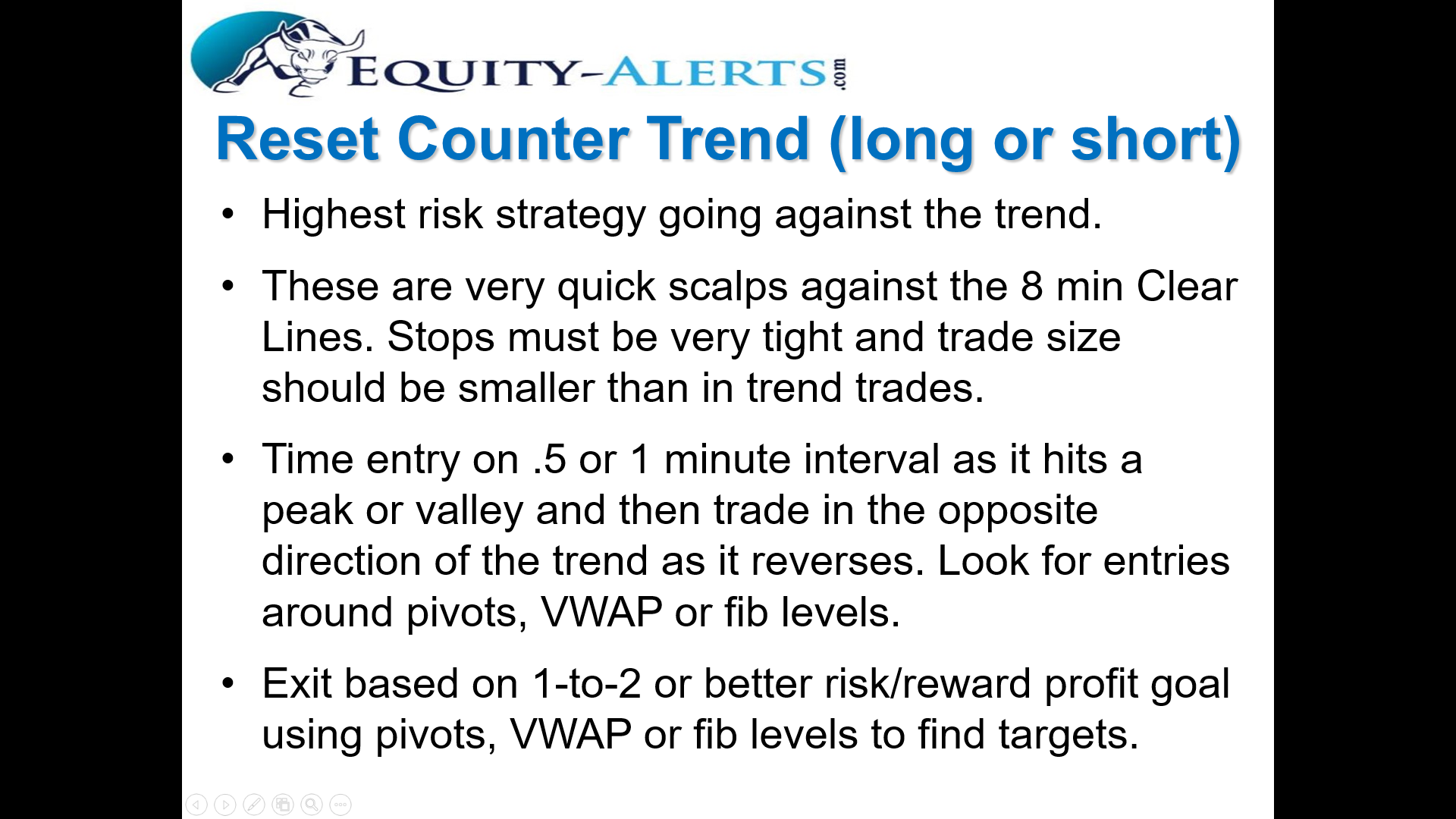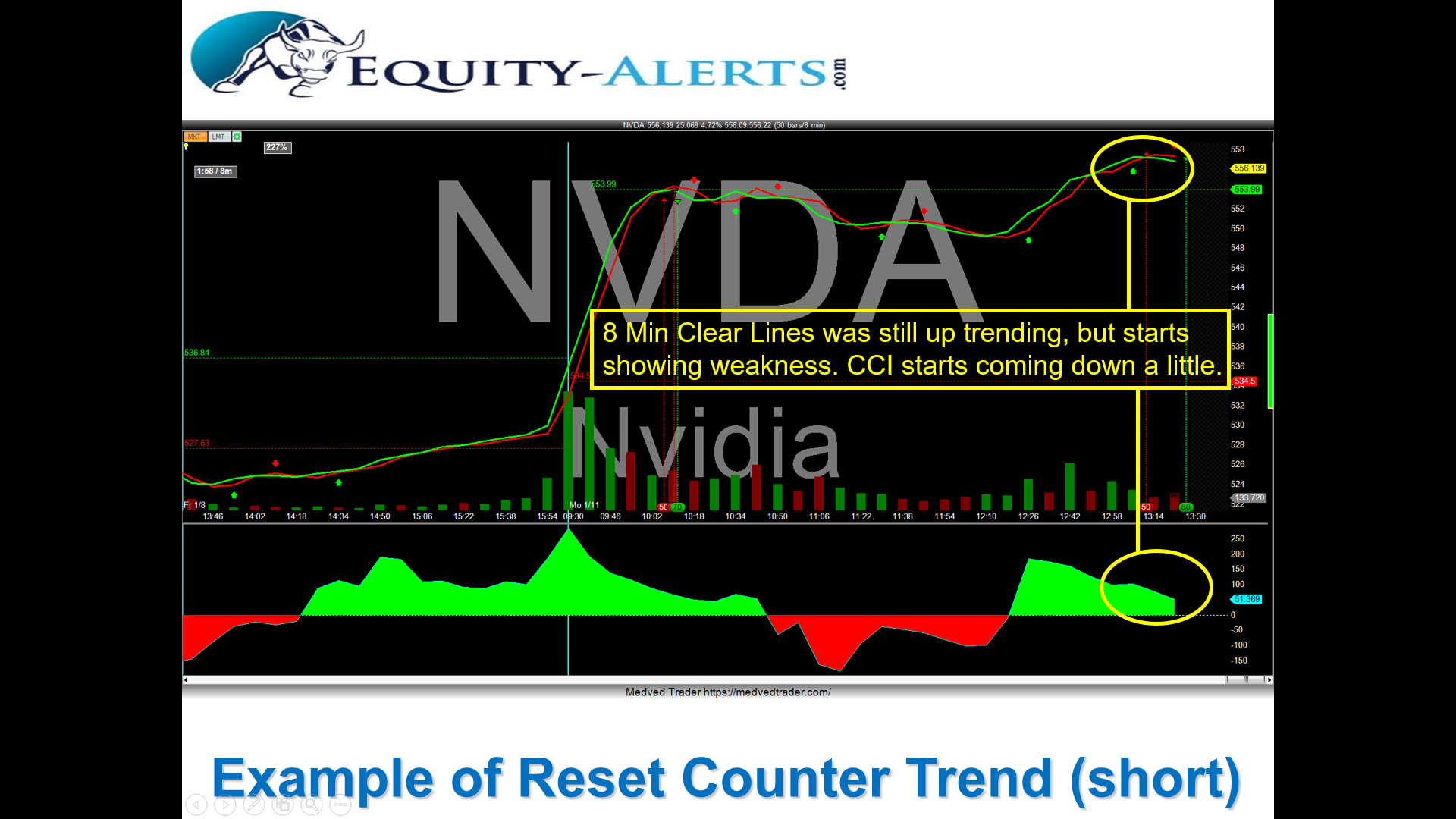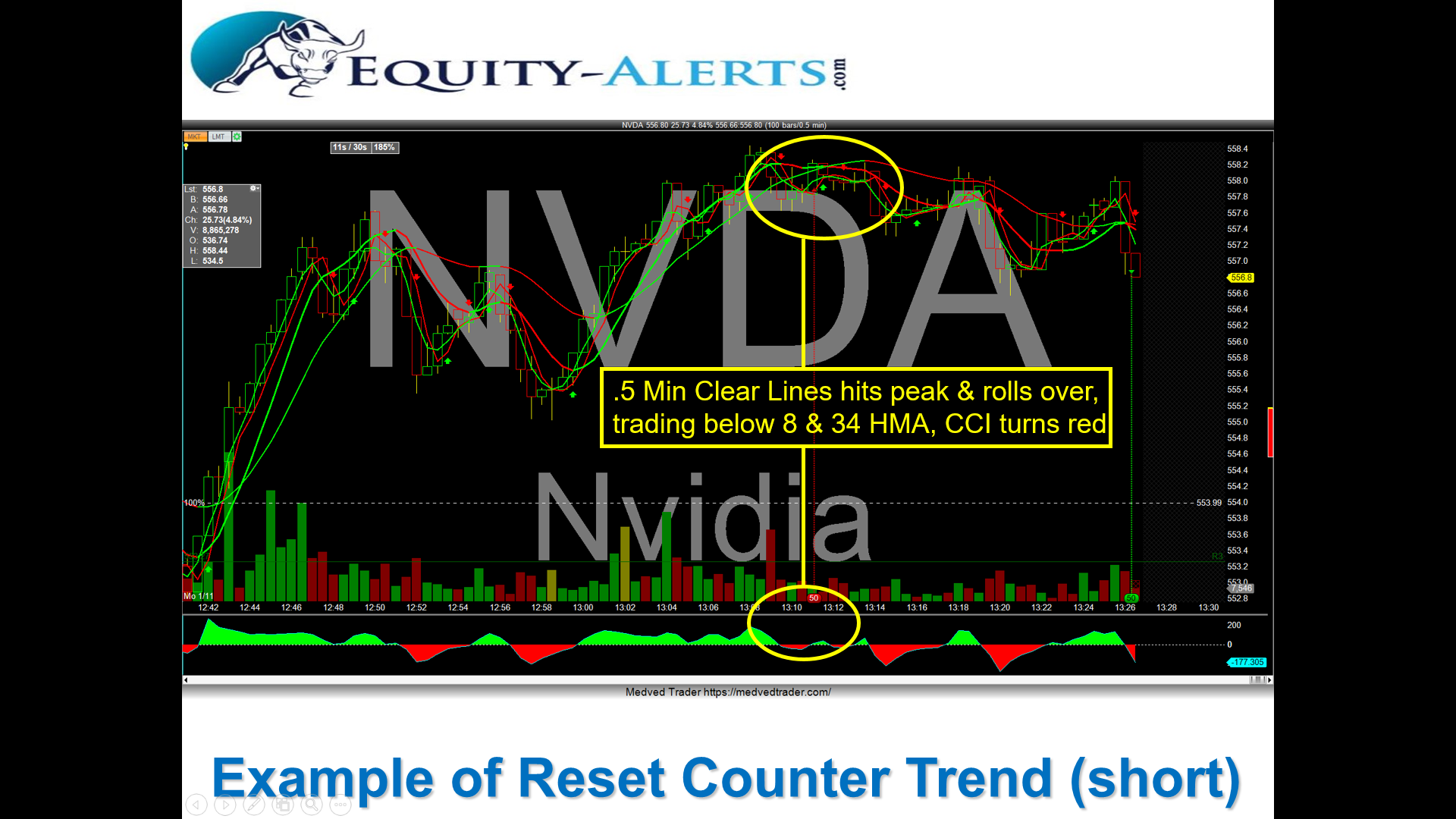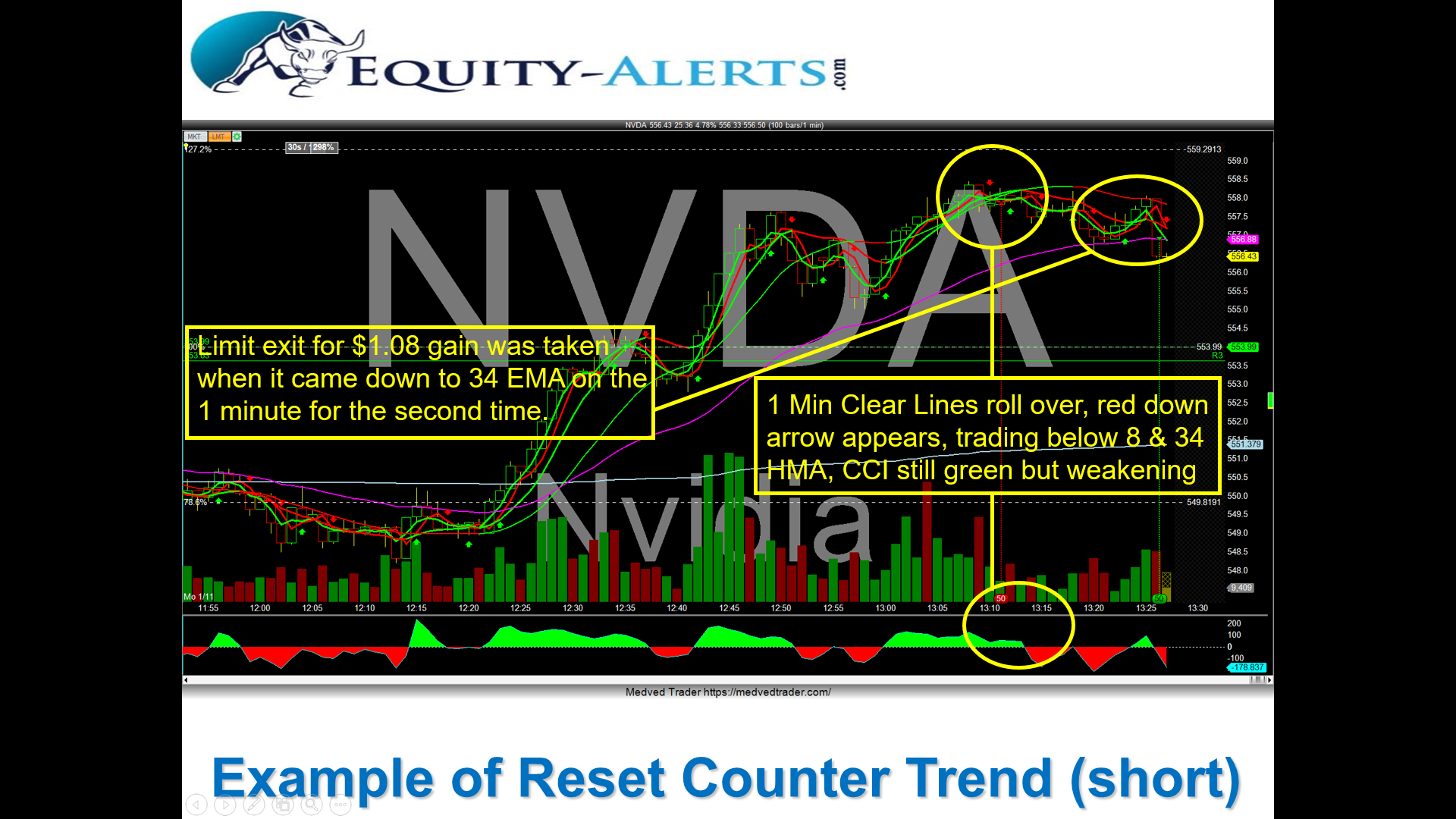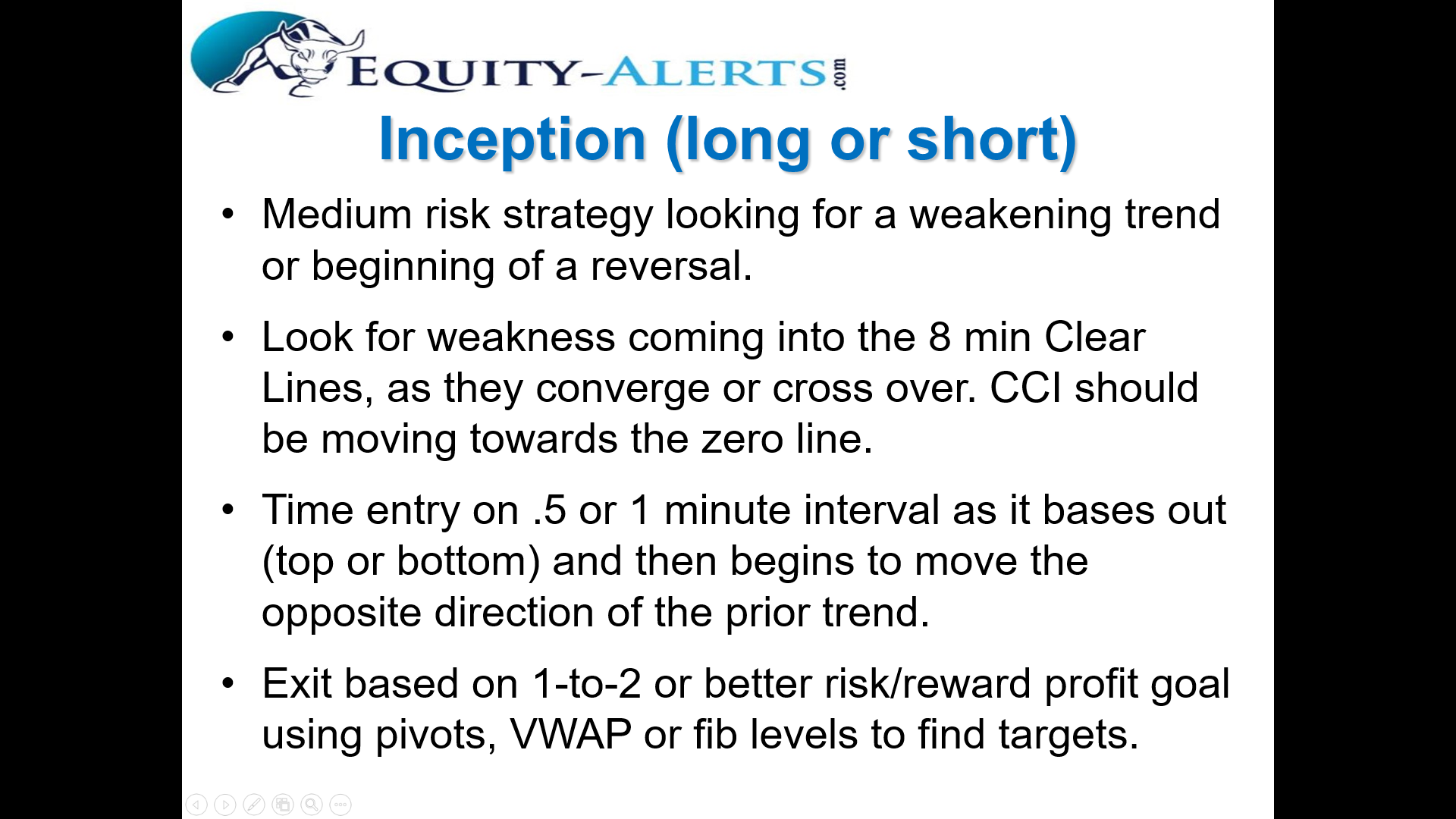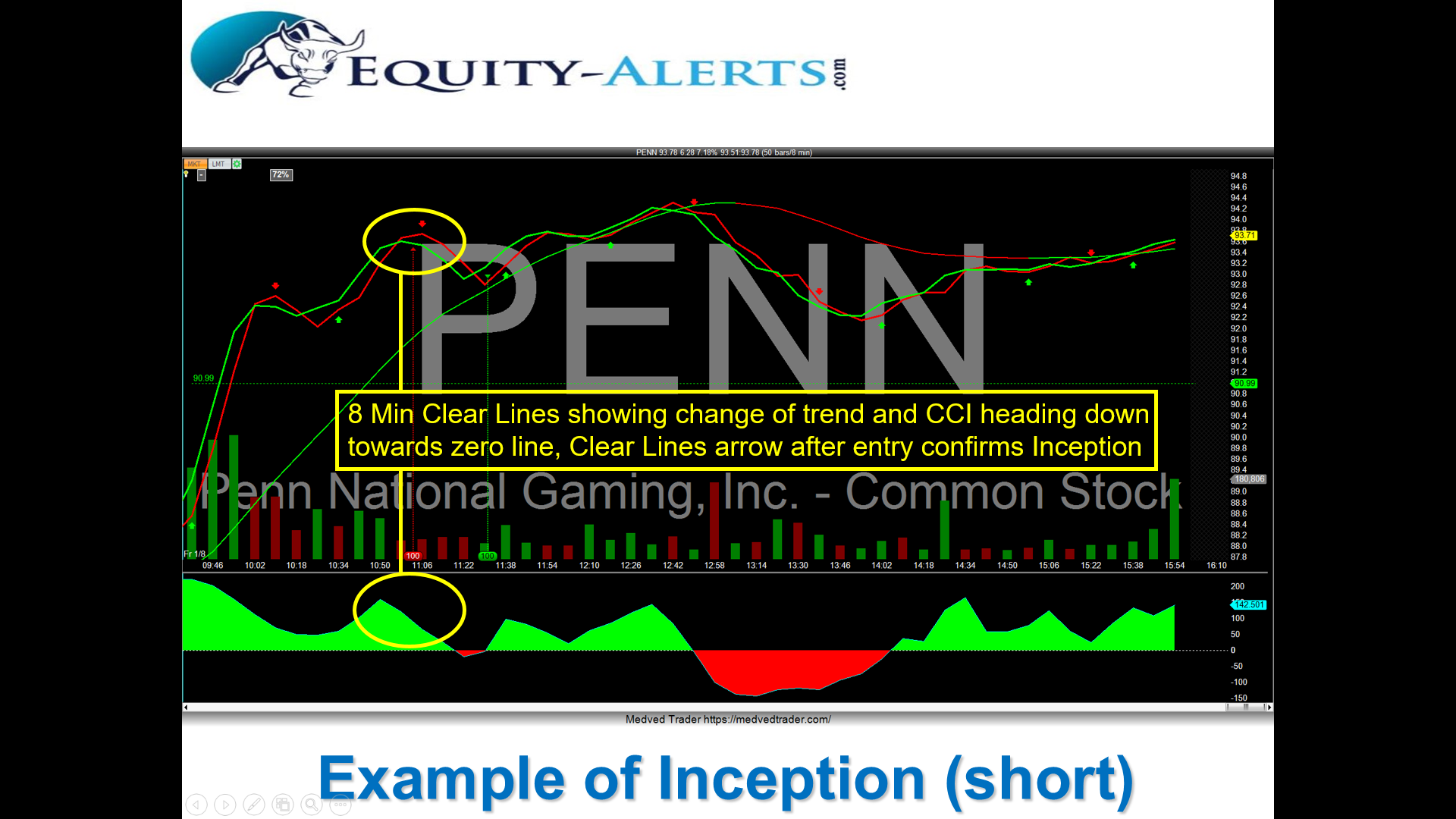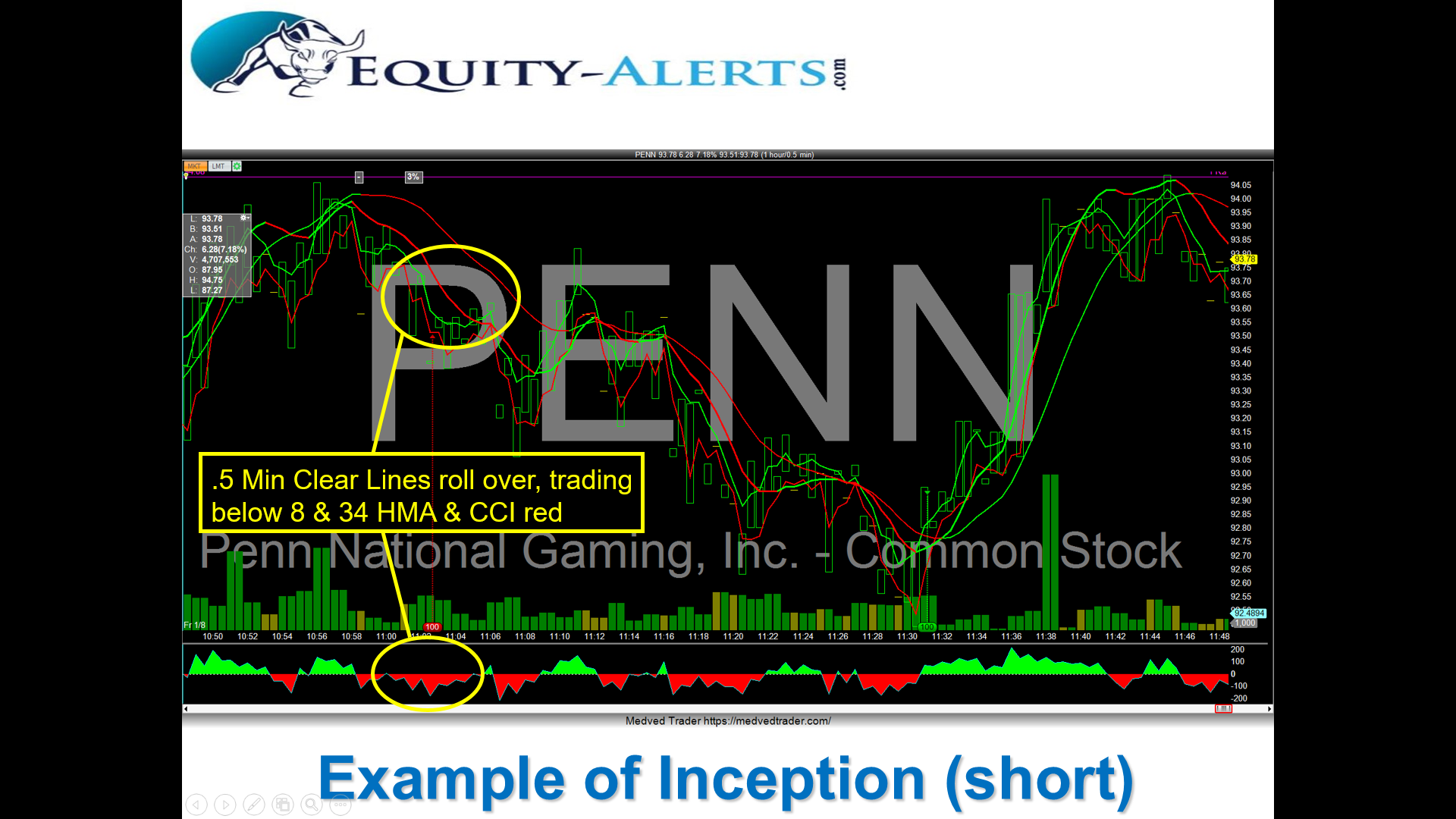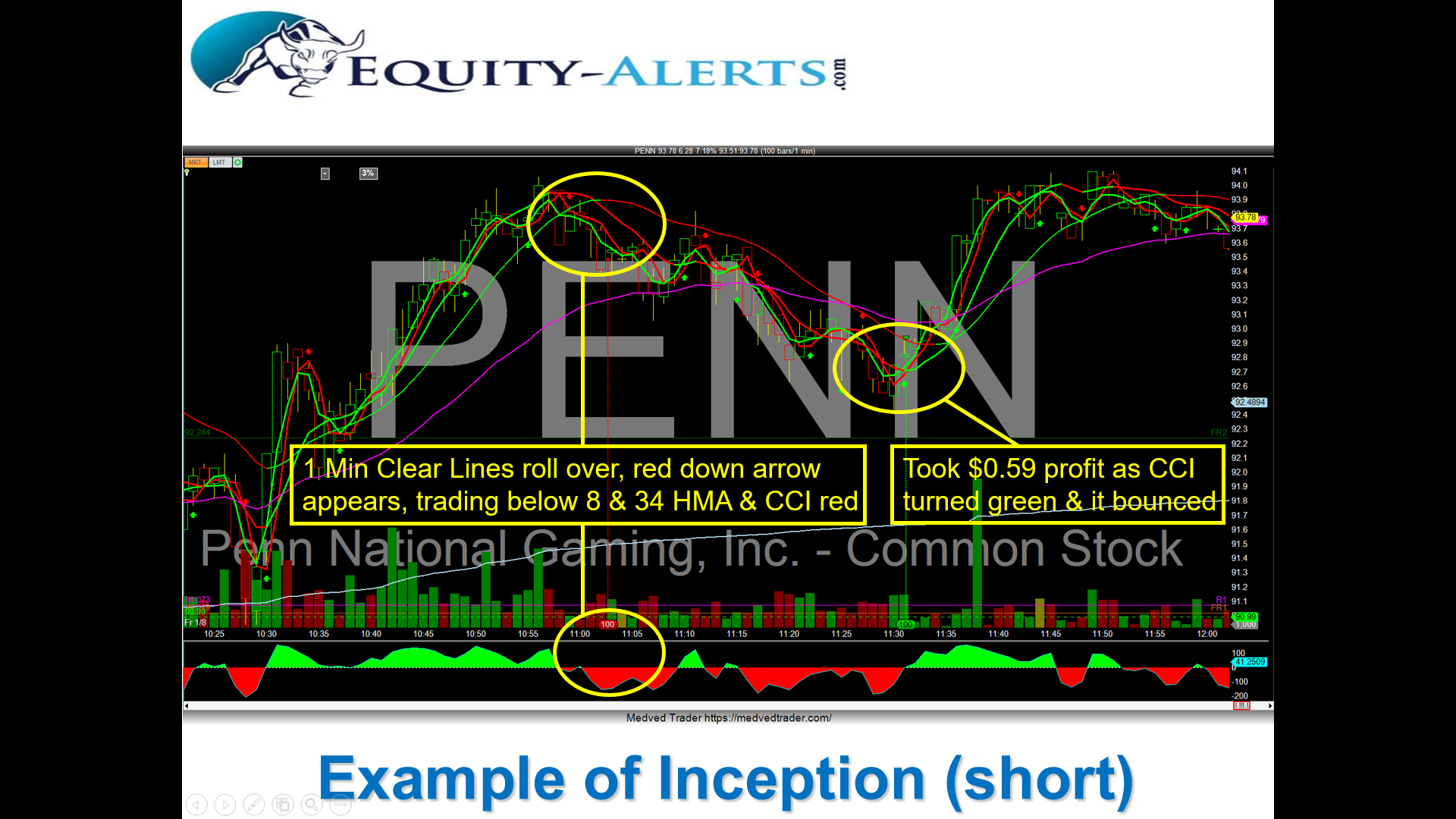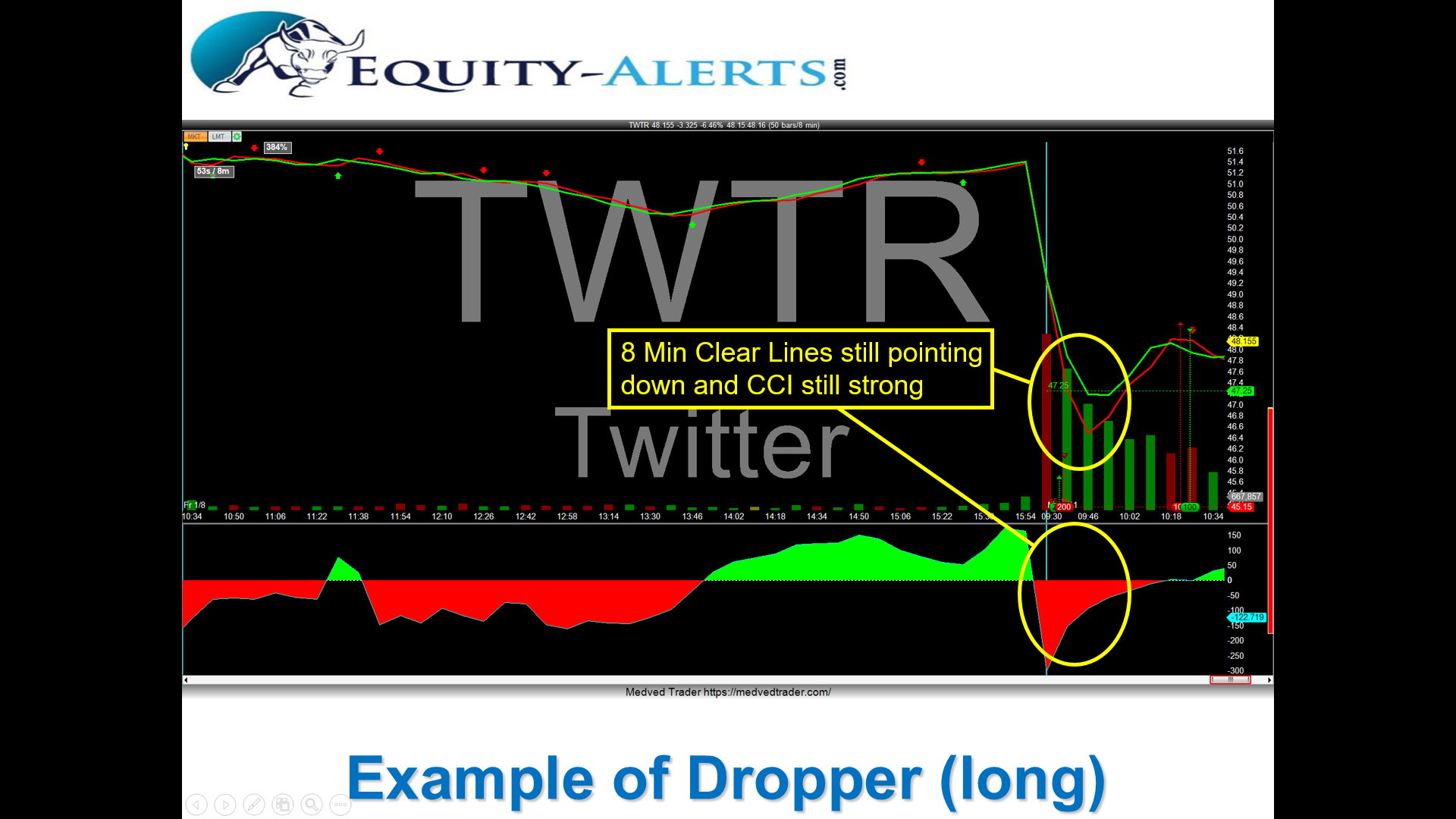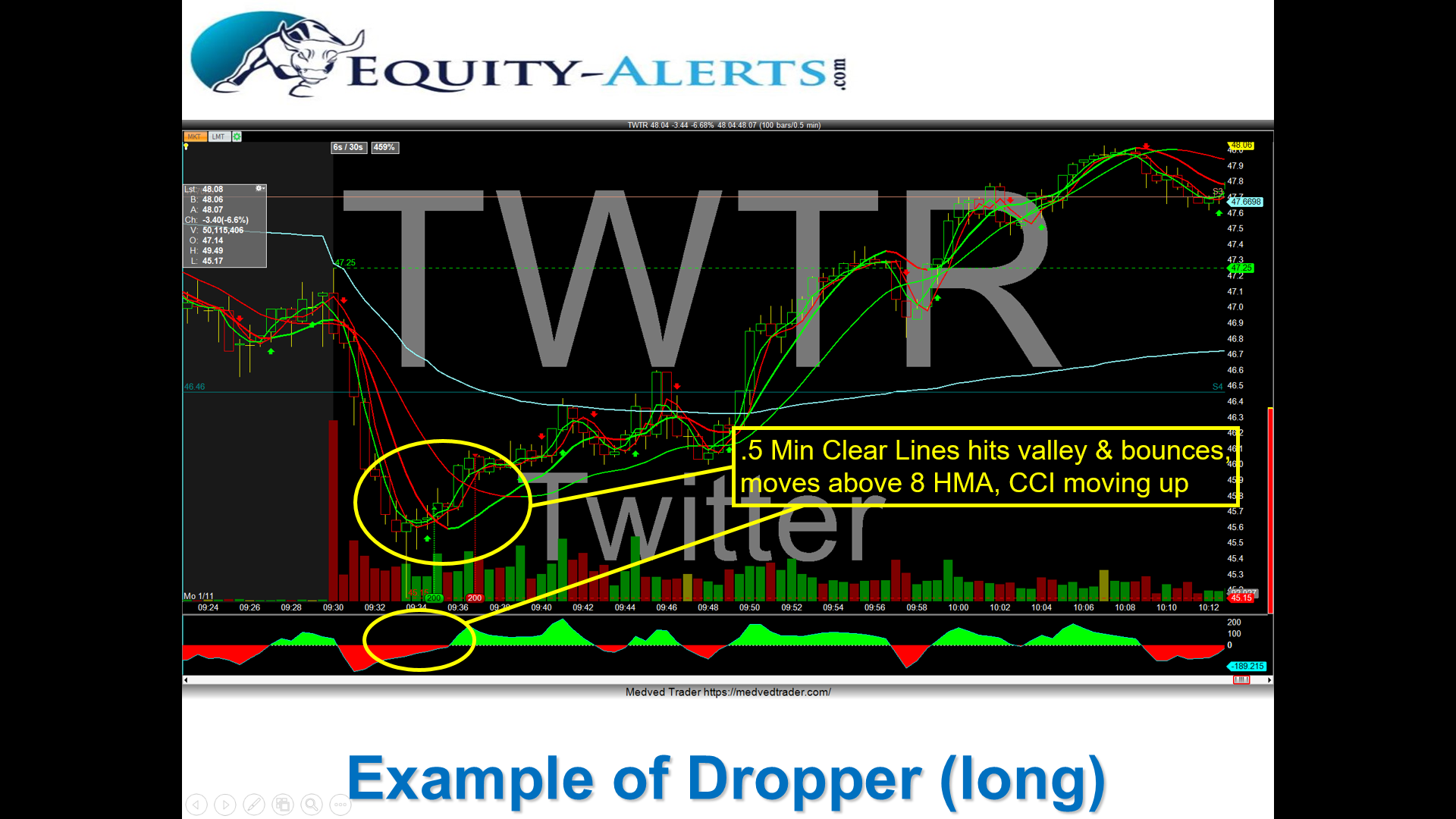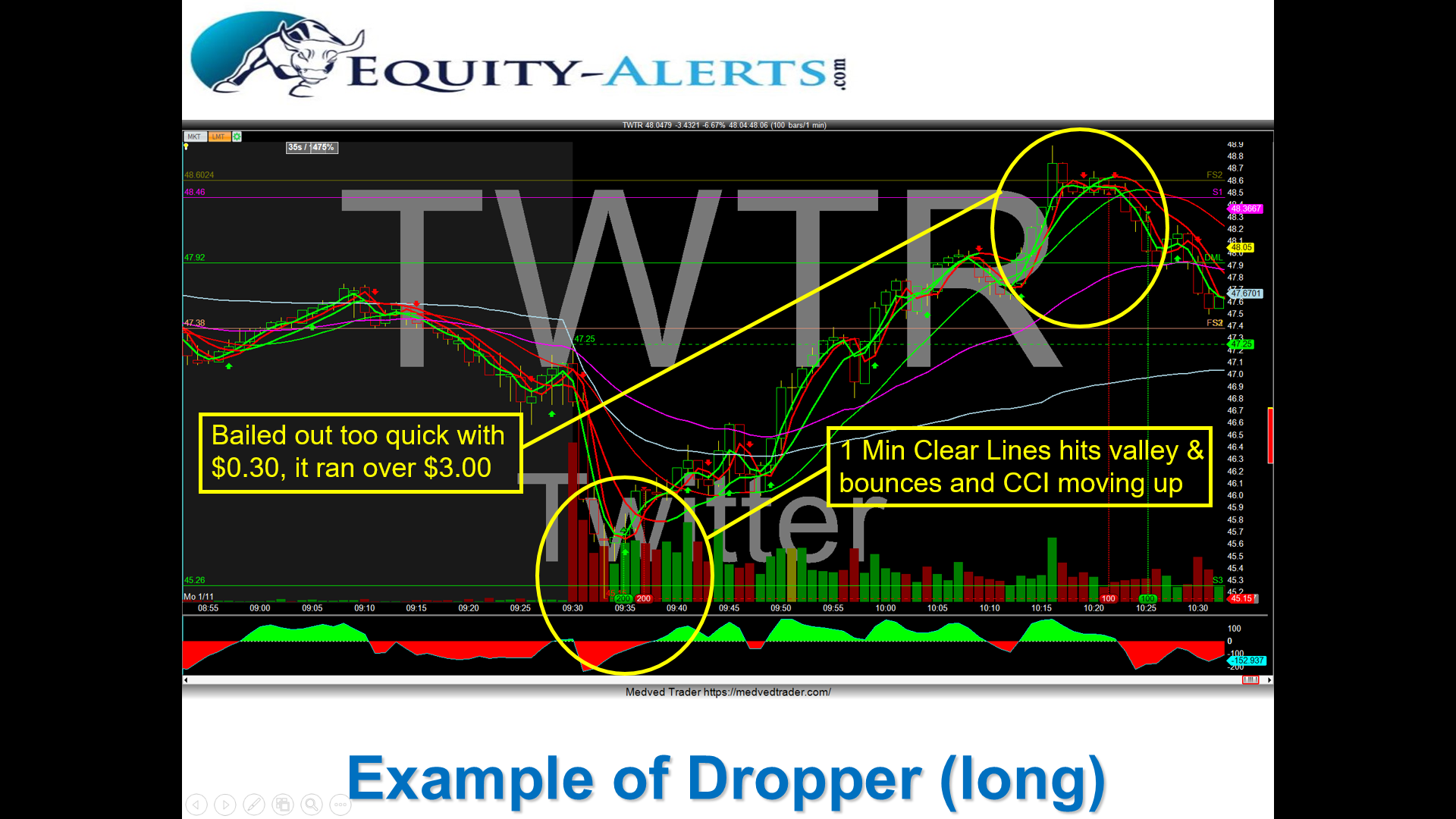This is a repost from my former colleague Chris Irvin that I worked with at Wizetrade. You must seriously take this into consideration if you want to be consistently successful in trading the markets.
Kipp
Okay, your a trader and you have been struggling with money management. When you use a stop
loss it seems like you are taken out of almost every trade, sometimes prematurely and
sometimes not. When you don’t use a stop loss you get some wins and some really big losses.
It is getting very frustrating – not to mention expensive.
Here is something to consider. In any one trade there are five possible outcomes.
- Big Winner
- Small Winner
- Even / Flat
- Small Loser
- Big loser
Only one of these possibilities, “The Big Loser,” has the potential to destroy your account.
The best protection from the big loser is a wisely positioned stop loss that limits your
exposure. In the book ” Millionaire Traders” by Kathy Lien and Boris Schlossberg, there is an
interview with a trader referring to himself as Indi Jones. His claim to fame is that he took
at $25,000.00 trading account to $1,000,000.00 before he was 30 years old. On page 210 Indi
gives us his thoughts on risk.
“…the number one rule in trading is the same as the number one rule in boxing, which is to
always protect yourself. “No capital, no trading, no life,” he states succinctly. So how do
you protect your capital? Always know your worst-case scenario. Before you place the trade,
figure out what you are willing to lose in terms of points, ticks, and dollars. Check your
risk/reward ratio and make sure that no one trade has the potential to destroy your entire
account. As a general rule of thumb, Indi Jones does not like to lose more than 5 percent of
his equity on a single trade. This way, even if the trade becomes a loser, he can still
survive to take another swing at the market.”
Indi is really eliminating the big loser. Once the big loser has been dealt with, you are
left with four possible outcomes in a trade.
- Big Winner
- Small Winner
- Even / Flat
- Small Loser
With these four possibilities still in play, logically, how does our trading work out? With
average ability to recognize proper entries, your small winners and small losers should cancel
each other out. If that happens, you are left with two possible outcomes:
- Big Winner
- Flat / Even
If these were your only two outcomes you had do deal with in your trading do you think you
could make some money?
Happy Trading.

